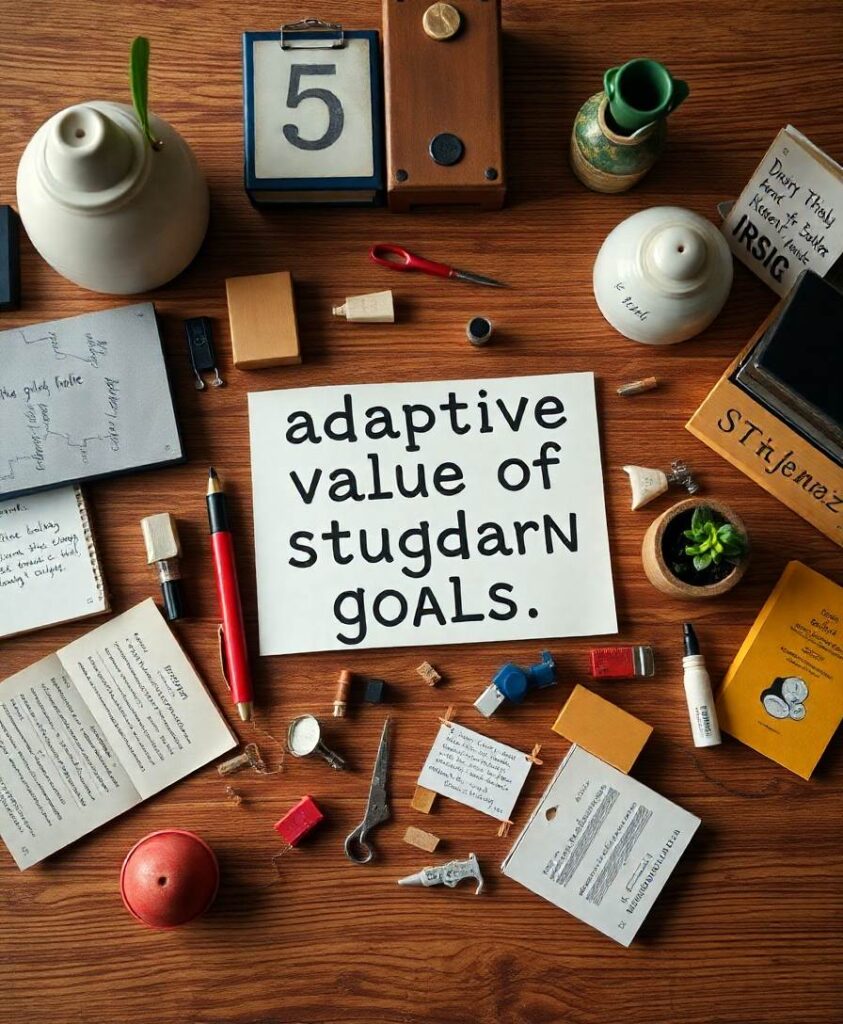Abstract
How veridical is perception? Rather than representing objects as they actually exist in the world, might perception instead represent objects only in terms of the utility they offer to an observer? Previous work employed evolutionary modeling to show that under certain assumptions, natural selection favors such “strict-interface” perceptual systems. This view has fueled considerable debate, but we think that discussions so far have failed to consider the implications of two critical aspects of perception. First, while existing models have explored single utility functions, perception will often serve multiple largely independent goals. (Sometimes when looking at a stick you want to know how appropriate it would be as kindling for a campfire, and other times you want to know how appropriate it would be as a weapon for self-defense.) Second, perception often operates in an inflexible, automatic manner—proving “impenetrable” to shifting higher-level goals. (When your goal shifts from “burning” to “fighting,” your visual experience does not dramatically transform.) These two points have important implications for the veridicality of perception. In particular, as the need for flexible goals increases, inflexible perceptual systems must become more veridical. We support this position by providing evidence from evolutionary simulations that as the number of independent utility functions increases, the distinction between “interface” and “veridical” perceptual systems dissolves. Although natural selection evaluates perceptual systems only on their fitness, the most fit perceptual systems may nevertheless represent the world as it is.


